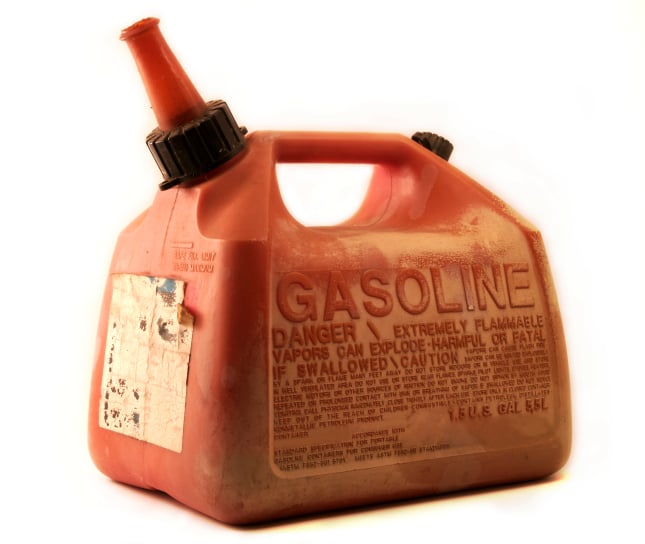Gasoline prices are down $0.85 from last year to $2.65 for the average gallon of regular nationwide, and they have fallen for 19 straight days. The trend, likely to continue to take prices down, could push gas $1 lower year over previous year. After a few months of increase, the drop could produce another advantage for the typical American driver. Source: Thinkstock
Source: Thinkstock
According to analysts at the AAA, drivers are paying the lowest averages since 2009. They say:
The national average has steadily dropped, yet volatility continues to characterize several regional markets due to unexpected drawdowns in supply. While some states may not experience significant price drops as a result of regional supply and distribution issues, the national average is expected to keep moving lower leading up to the Labor Day holiday, barring any unexpected spikes in the price of global crude oil or unexpected disruptions to domestic production.
In the past, these events primarily have been trouble in Middle East oil producers and gas prices low enough to undermine the profits of fracking companies in the United States.
ALSO READ: The Most (and Least) Expensive States to Drive
As has been the case for years, gas prices vary substantially by region, which means relief in some states could be huge:
Pump prices west of the Rockies remain the most expensive in the nation and all seven states with averages above $3 per gallon are located in this region. Drivers in California ($3.74) are paying the nation’s highest averages for retail gasoline and are followed by Alaska ($3.48), Hawaii ($3.28), Nevada ($3.24) and Washington ($3.17) as top five most expensive markets for motorists. Although prices on the West Coast appear to be easing, retail averages remain volatile based on shifts in supply and demand. Alabama ($2.266) is the nation’s least expensive market, unseating South Carolina ($2.269) by fractions of a penny.
Aside from oil prices, state taxes and surcharges on gas can affect the price of gas, as can proximity to refineries. South Carolina has a number of large refineries, as does Texas. There are no large refineries in Alaska or Hawaii, which means gas has to be shipped long distances to reach the states. In some states, the year-over-year drop has already reached $1:
The average price for retail gasoline remains significantly discounted versus this same date last year. Motorists nationwide are paying less to refuel their vehicles, and prices are down by 75 cents per gallon or more in the majority of states (41 and Washington, D.C.). Year-over-year prices are down by $1 or more in five states, with the largest savings at the pump being enjoyed by drivers in Ohio (-$1.17) and Hawaii (-$1.06).
The trend will renew the debate over whether consumer finances improve and whether the improvement will trigger more consumer spending. The last time gasoline prices crashed, there was little evidence drivers took their savings and splurged on goods and services they usually do not buy.
ALSO READ: The 10 Most Oil-Rich States
Take This Retirement Quiz To Get Matched With A Financial Advisor (Sponsored)
Take the quiz below to get matched with a financial advisor today.
Each advisor has been vetted by SmartAsset and is held to a fiduciary standard to act in your best interests.
Here’s how it works:
1. Answer SmartAsset advisor match quiz
2. Review your pre-screened matches at your leisure. Check out the
advisors’ profiles.
3. Speak with advisors at no cost to you. Have an introductory call on the phone or introduction in person and choose whom to work with in the future
Take the retirement quiz right here.
Thank you for reading! Have some feedback for us?
Contact the 24/7 Wall St. editorial team.


